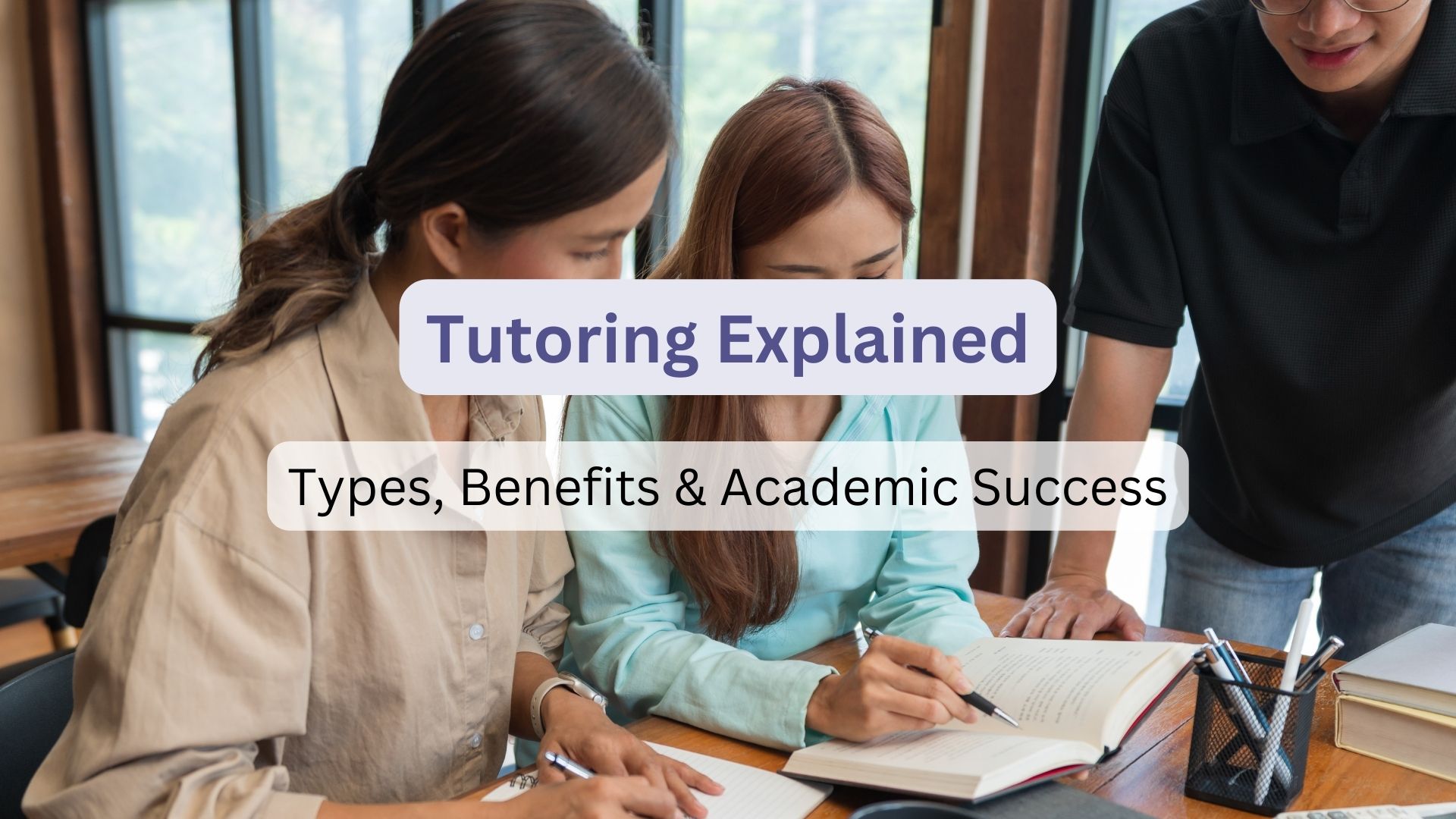Today’s youth face relentless academic expectations, caught between internal ambition and external pressures from families prioritizing achievement as a measure of societal worth—a cultural norm deeply rooted in regions like East Asia (e.g., China, Japan, South Korea).
For many, however, success is derailed by systemic hurdles: language gaps, motivational slumps, or psychological hurdles. These struggles often reflect mismatches between rigid curricula and diverse learning styles, not student inadequacy.
Enter tutoring: a tailored guidance system that adapts to individual needs, reigniting confidence and competence.
But what makes tutoring so impactful?
Let’s unpack its transformative role in empowering students to thrive.
A brief history of tutoring
Tutoring is quite an ancient discipline. Its early beginnings can be traced back to ancient civilizations like Rome and Greece. However, its form was quite different compared to what we’re used to in modern times; as opposed to focusing on academic achievement, it was more of a philosophical journey with the aim to equip the younger generations with the tools, knowledge, and wisdom necessary to face the hurdles of life.
In ancient China, Confucius played a major role and was quite the celebrity among tutors. In fact, his teaching garnered the attention of so many students that people still talk about this influential historical figure to this very day. But it wasn’t just him; in the ancient Chinese Zhou dynasty, the Grand Tutor (太傅, tàifù) was one of the three great lords, and a similar pattern was observed across East Asia, a trend that has remained strong even to the modern day.
Fast forward to the 21st century, a time where tutoring is becoming increasingly more formal in its direction as a form of adaptation to formal education becoming mainstream. Rather than being a spiritual-philosophical experience, it’s now mainly focused on helping students ace their grades in school and get accepted into the university of their choice.
Teaching vs. Tutoring: A Different Role and a Different Purpose
Although their roles in society appear to be quite similar at first glance, there are some notable differences to keep in mind.
The teacher
- Typically operates in a group setting, such as a classroom of 30 people or more
- Strictly adheres to the national curriculum
- Executes the lessons in a stringent manner without adapting to the needs of the individual
- Operates during official school hours
The tutor
- Adapts to the needs of the tutee
- Has a certain autonomy in terms of how to structure the lessons
- Often works with the tutee one-on-one
- Tends to be specialized in a particular field of study
- Is flexible schedule-wise
Both of them play an important role in society; however, they tend to serve different educational needs. Although there can be some overlap between them in some instances, most commonly**, teachers tend to be state employees** whereas tutors are, for the most part, private service providers. One of the key differences is that tutoring is personalized and tailored to the needs of the individual (however, it’s not free of charge compared to public education).
Unlike the tutor, the teacher cannot adapt to each individual’s needs simply due to the fact that there are too many people in the classroom for this to be viable within a short 40-minute session, and adapting their teaching style to a particular student’s preferences may make it incompatible with the rest of the group (and vice-versa).
What is tutoring?
Tutoring can be described as a process in which the tutee receives additional support from the tutor with the aim of increasing their understanding of the subject matter and plug any gaps in knowledge the student might have. A tutoring session can either be one-on-one or in a group setting. Thanks to modern-day technology, it’s not necessary for it to be in the confines of a traditional brick-and-mortar classroom, learning center, or at someone’s home; it can also be online.
The key thing to make it work is to not only connect the tutee with a tutor who’s proficient in the subject matter area but also compatible with their personality and learning needs (shameless plug: Novel Prep does both). Aside from typical academic subjects, tutoring is also an option worth exploring for those who are looking to master a musical instrument, just to name one example.
Note that tutoring is much more than the act of teaching or helping the tutee master a skill; it’s also about teaching them how to learn and how to make the most of the time they have at their disposal (or, as the University of North Carolina at Chapel Hill puts it, “study smarter, not harder”). A good tutor will also adjust their approach based on the tutee’s needs – in other words, adapt to their learning style rather than trying to force their own. For this to happen, it’s vital to have open communication as it’s essential to developing a professional relationship that’s built on trust. In other words, the tutee needs to feel comfortable discussing their struggles with the tutor.
The exact number of hours a tutee decides to spend on sessions with their tutor of choice is also flexible and depends on their current level of subject proficiency, desired academic outcome, current schedule, etc. This is discussed individually with the tutor – the tutoring sessions can be on a daily, weekly, or monthly basis. Depending on the country of origin, tutors can either be school employees or private service providers, as tends to be more common in the more developed parts of the world.
The types of tutoring
Although one-on-one sessions tend to be the most typical seen in practice, tutoring comes in various formats and settings.
- One-on-one. This is the most popular type of tutoring, and it’s for a good reason. In this type of setting, the tutor has the time as well as the resources necessary to adapt to the tutee’s needs, as there are no other students in the classroom to tend to. This allows for a more personal relationship, the kind that allows the tutor to identify the gaps in the tutee’s knowledge, pinpoint their learning style, etc.
- Home-based tutoring. Often taking place in a one-on-one setting, this type of tutoring commonly takes place when the objective is to help the student prepare for an exam or get better at a certain subject. Many students opt for this type of tutoring because it takes place in a comfortable environment and there is less pressure to perform, thereby making it easier to stay focused.
- Small-group tutoring. Typically taking place in a smaller classroom consisting of 4 to 5 people, it’s a nice middle ground between the traditional classroom and a one-on-one session. The benefit is that, apart from learning from the tutor, the students also get to learn from each other. Despite this being a group, there is still plenty of room for personalization and adaptation.
- Group tutoring and learning center tutoring. This typically takes place inside a classroom, however, it is not as formal and rigid as the regular school curriculum tends to be. The benefit is getting to learn from one another, the drawback is that there is little to no room for lesson individualization and personalization. This type of tutoring is quite suitable for those who are looking to deepen their knowledge and are already successful in a traditional classroom setting.
- Online tutoring. This is similar to one-on-one tutoring in the sense that the tutees meet their tutors in a virtual online setting (such as via a Zoom call). It eliminates the need to travel to meet at a certain physical place, thereby saving time and money. There are other benefits as well, such as utilizing various technological tools that enhance the tutoring sessions (such as whiteboards, videos, and specialized apps). In online tutoring, there is plenty of room for lesson personalization as well.
- Academic coaching. The primary aim is to help the student better navigate their academic environment. In the process, they also learn the ins and outs of proper time management, stress management, note-taking, how to use a syllabus (as taught by the University of Stanford), etc. This is the go-to method of choice if the student is preparing to ace a university entry exam.
What are the objectives and benefits of tutoring?
Tutoring comes with a myriad of benefits for the tutees, as it helps them:
- Get a better understanding of the subject matter
- Learn the most efficient process of mastering a new skill (aka. mastering the art of learning itself)
- Improve their academic score
- Get the most out of their time
- Flourish academically by leveraging a custom-tailored and personalized learning experience
- Develop healthy and regular studying habits
- Improve their confidence and self-esteem
- Enjoy the subject they are learning about
- Catch up with the curriculum if they start falling behind
What separates the best tutors from the rest is that the latter have a natural talent to make the learning experience fun and interesting, whether it be with:
- Schoolwork
- Homework
- Test Preparation
- Other academic activities
For more benefits of tutoring, we’ve published a comprehensive article on it here.
The most profound accomplishment for a tutor is helping the tutee reach a point where no further tutoring is necessary
Although it can be tempting to presume otherwise, the objective of tutoring is not to be some sort of crutch – quite the contrary. In fact, it’s all about equipping the tutee with the right knowledge and skills to proceed autonomously and, at some point, without the help of a tutor. If the process is successful, the tutee goes on to develop a problem-solving mindset that can also be applied outside the confines of the classroom and in whatever real-life scenarios they may find themselves in.
Note that, at the beginning of the tutoring journey, the tutees typically require intense tutoring sessions, preferably in a one-to-one setting so as to get back on track with the school curriculum. But don’t think that tutoring services are reserved for the academically underachieving, as that’s not the case at all. Many high-achieving students opt for tutoring to learn more and reach their highest academic potential. Moreover, some students opt for AP credit courses to fulfill high school course requirements or sign up for ISEE, SSAT, SAT, TOEFL, and AP Prep programs as they provide advanced academic preparation for universities.
Conclusion
At its core, tutoring is targeted mentorship that empowers students to master subjects while cultivating critical competencies: strategic study methods, organizational systems, and self-directed learning habits. It serves dual audiences—learners needing to reinvent foundational skills and high achievers aiming to accelerate mastery beyond standard curricula.
At Novel Prep, we bridge aspirations with outcomes through hybrid learning models: flexible online sessions or in-person at our California centers. Our programs span college readiness essentials—AP courses, dual credit strategies, GPA optimization—and competitive edge builders like SSAT/SAT mastery, TOEFL prep, and admission pathway design.
Ready to transform potential into excellence?
Just drop us a message here.



